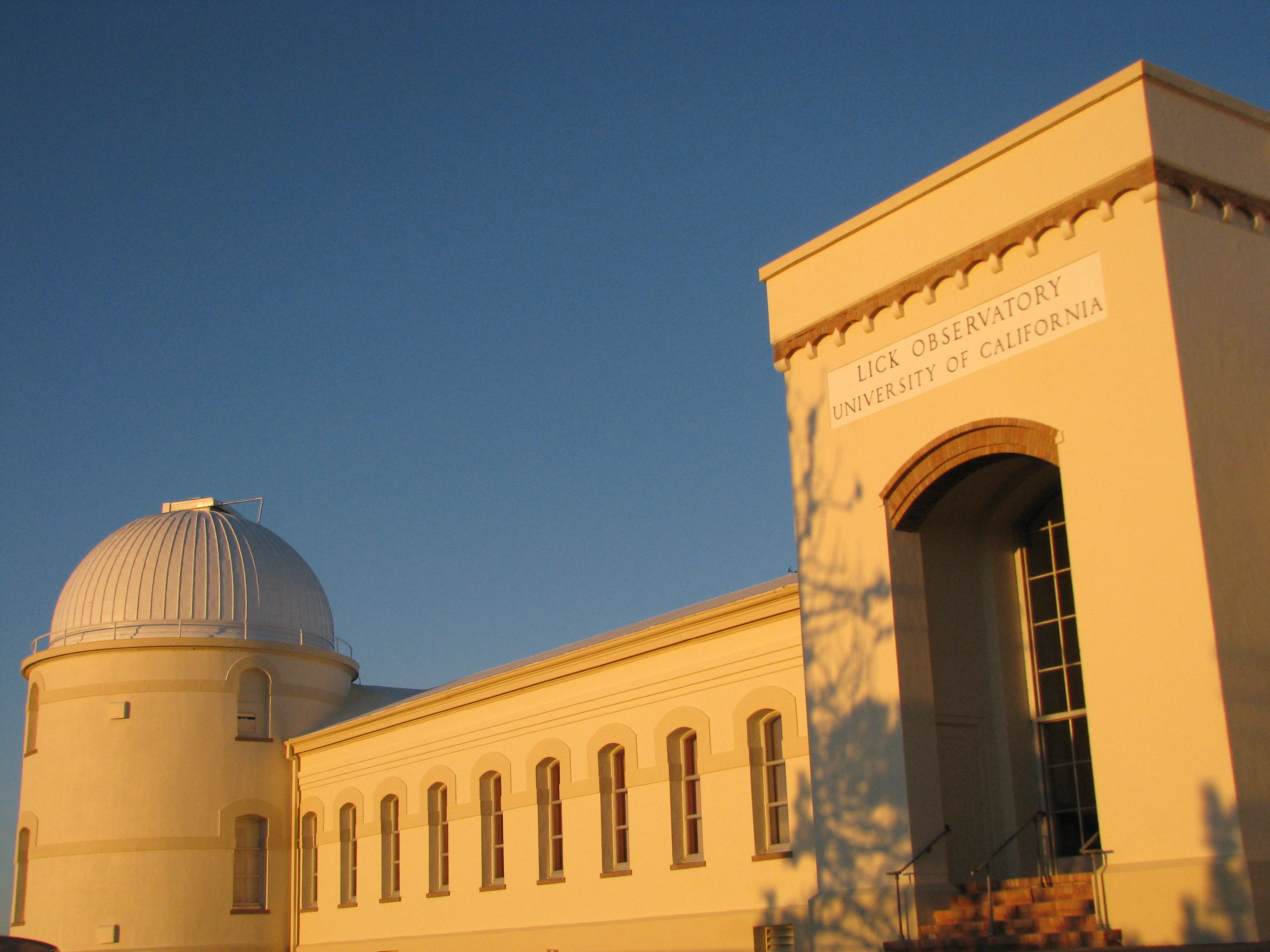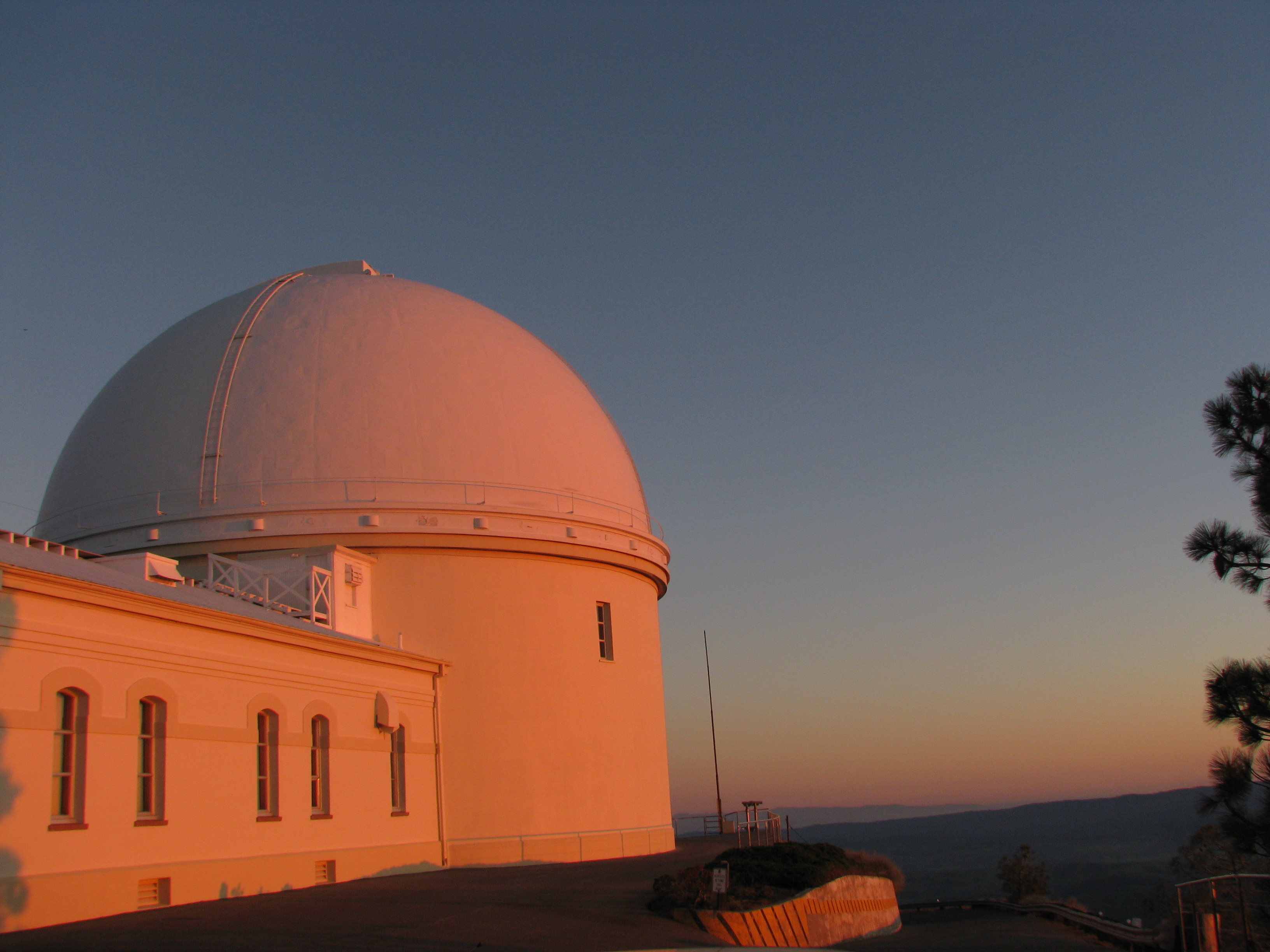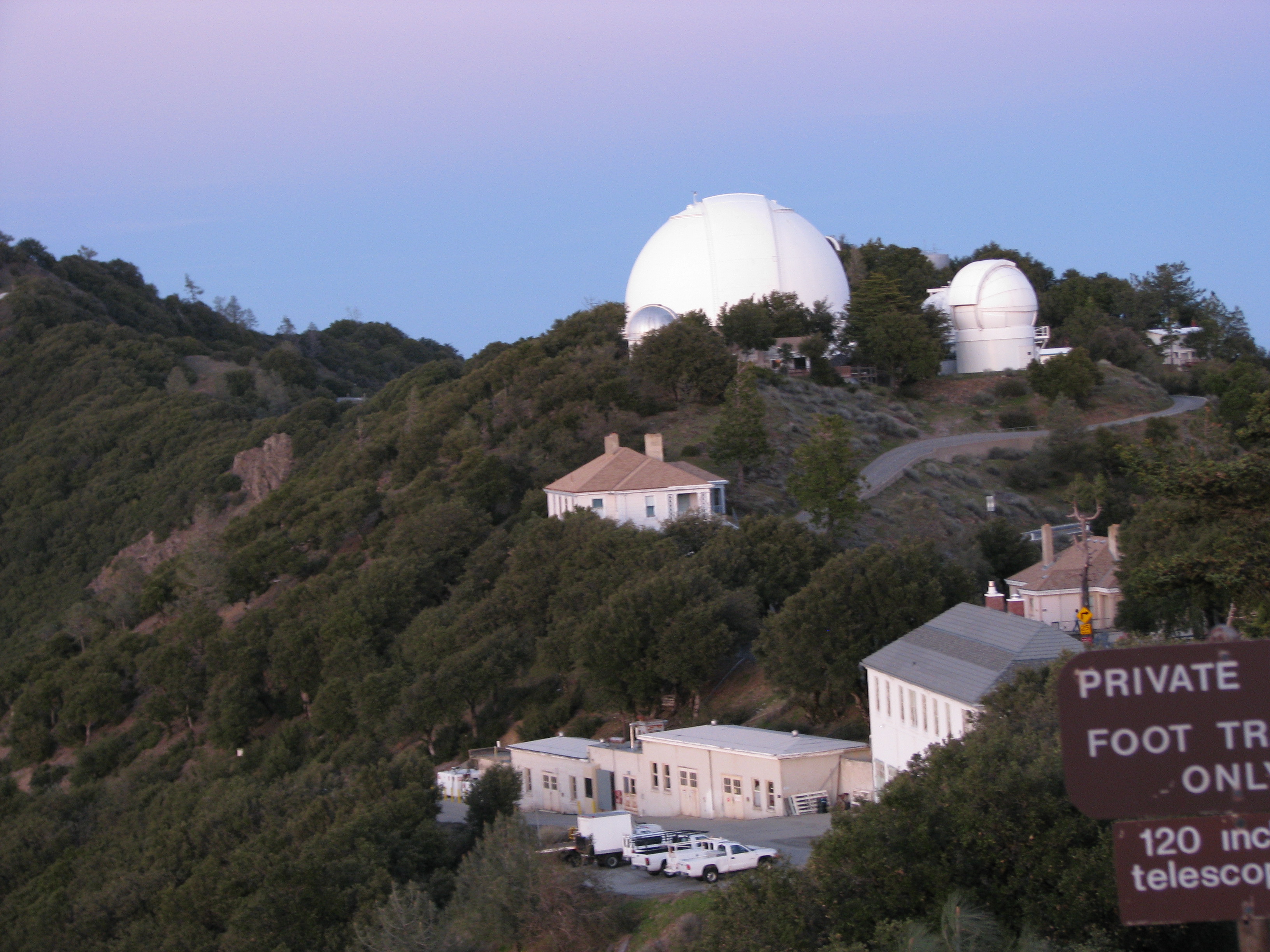San Jose is a bustling city of just under a million inhabitants. Yet only 25 miles to its east, on the tranquil summit of Mount Hamilton, astronomers cast their view skyward at the Lick Observatory. I visited the observatory, which is operated by the University of California, last week.
Lick actually encompasses nine different research telescopes. The observatory was funded at the bequest of James Lick, a wealthy piano maker and land baron, in the 1880s. Lick himself was quite a character. The richest man in California at the time, he originally planned to use his money to build a giant pyramid in San Francisco in his own honor, but luckily for science, George Davidson of the California Academy of Sciences persuaded him to build an observatory instead.
The road to the observatory follows a torturous, winding route, which at times was enough to make me carsick even as the driver. After an hour of careful wending, I arrived at the summit just before sunset. One of the support astronomers met me there, and showed me around the 36-inch (1 meter) James Lick Telescope. It was the world’s largest refracting telescope when it was built in 1888, and resembles the stereotypical long-objective of an amateur telescope, though much larger. On a slightly eerie note, James Lick is buried beneath the telescope.
But not much science goes on at the Refractor these days. The night I visited, astronomers were observing at the largest telescope at Lick, the 120-inch (3 meter) Shane telescope. Unlike the 36-inch, the Shane is a reflecting telescope, like the Keck Telescopes in Hawaii. I got to go inside the dome of the Shane and watch as the telescope and shutter rotated into position. They made a sound like the Titanic scraping against un-oiled hinges.
Next I visited the observing room, where the telescope operator and astronomer(s) were. (Actually, most of the observing these days takes place remotely, at UC campuses, but that night, an astronomy graduate student was being trained on-site.) Amazingly, only one, fairly dinky-looking computer is needed to control the telescope itself. The operator collaborates with the astronomer to aim the telescope at the parts of the sky that are of interest.
That night, the science agenda involved looking at distant galaxy centers, or quasars, and taking light spectra – a breakdown of light by its component wavelengths. The spectra provide information about the ionized gas in the space between galaxies, known as the intergalactic medium, which yields clues about the physics of the early universe.
Although I couldn’t stay for the whole night of observing, I set off home safe in the knowledge that, in the still Mount Hamilton night, someone was probing our galactic origins.


